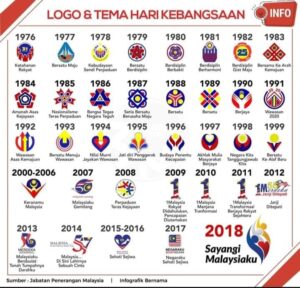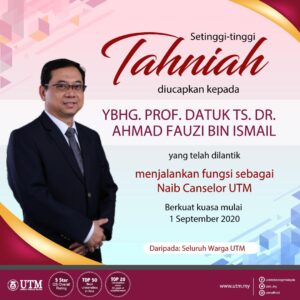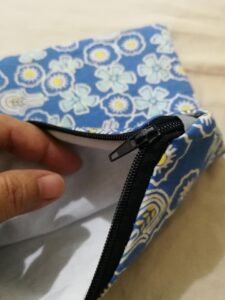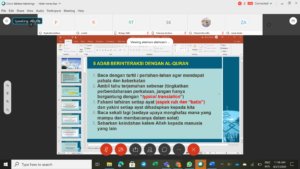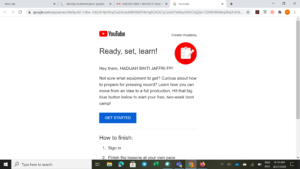Someone asked me about my SPM results. Well, it was more than 20 years ago when I had the SPM exam. I still remember what my results were. I got C4 for Malay language and A2 for English and A1 for Arabic. Yup. Don’t ask my how I got such results. I tried my best. Indeed.
Thinking back, even though I like reading yet I was more inclined to listen to English songs. That might explain why I got a better grade for English as compared to Malay. But if you ask me if I can still converse in Arabic, the answer is No. But I can roughly understand if someone converse in Arabic. Especially when it comes to numbers. I still remember numbers in Arabic. So, it does help to use it when I performed hajj. There was this incident when I wanted to buy a jubah which the sales person tried to sell it for “150 riyal”, but when he was asked by a Tunisian couple how much the jubah cost, he replied “80 riyal”. To his surprise, I replied in my broken Arabic that he was trying to cheat in which he told two different prices to different customers. Of course I got the jubah for 80 riyal in the end.
Learning language is not easy. Yet, using it for different context such as for academic writing, magazine and such requires one to be proficient in selecting the wording and whatsnot. Clearly, I don’t think I am that proficient. Well, apparently, writing in this webometrics in English makes some people think that I am proficient. I feel like a fake. Indeed.
